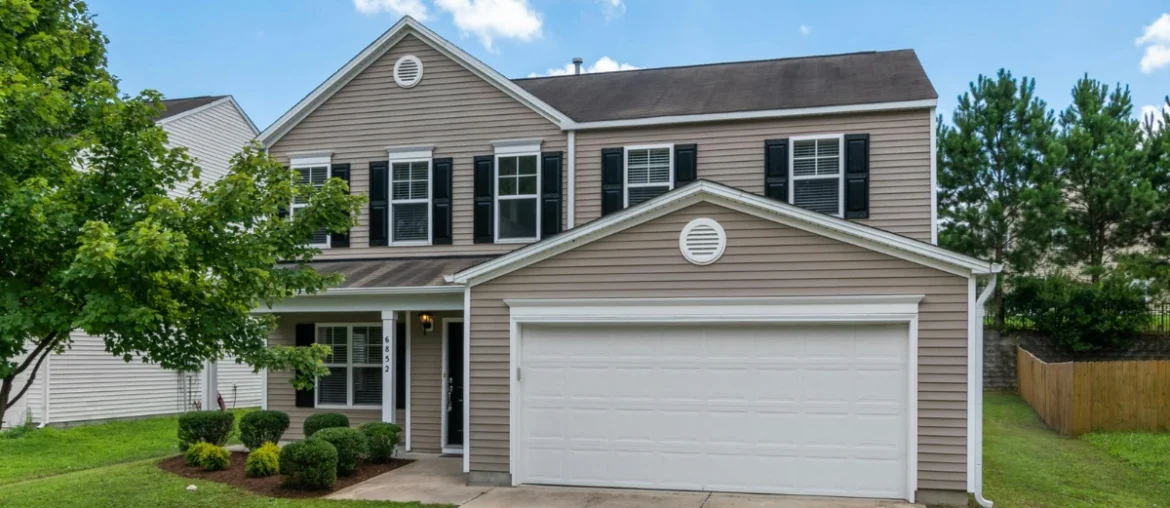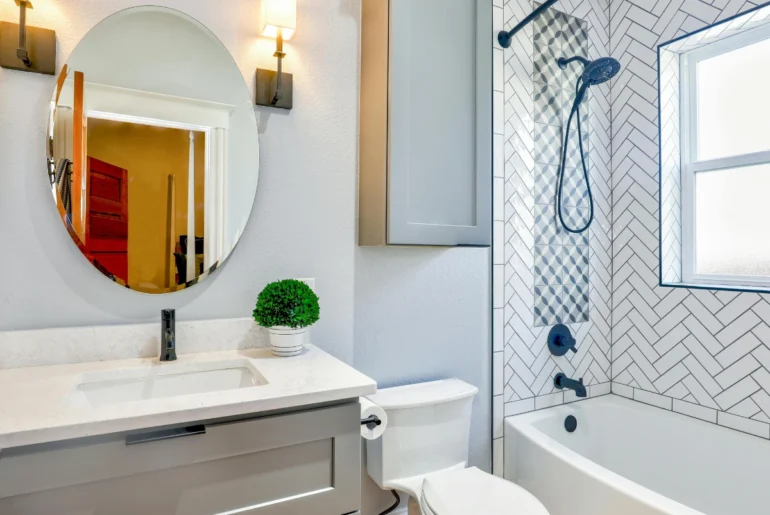Buying Land Tiny House is one of the exciting journeys that would ultimately lead to freedom, simplicity, and living more sustainably. However, something as critical as choosing the right land to place your home will drive most of your decisions in the process. Ensuring you buy or rent the right land can make a considerable difference based on the essential aspects you should know. This guide explores what to consider when purchasing a tiny house, looking at other options, and more.
For further reading on Home Decor, visit Forever Friendly.
Tiny House Living: Top Tips for Picking the Ideal Property
Essential Factors to Consider When Purchasing Land for a Tiny House
Ideal Location and Accessibility
Location is everything when Buying Land Tiny House. Accessibility to such inevitable amenities as grocery stores, healthcare facilities, and schools should be considered. Easy access to roads and highways will be essential for easy daily commuting and emergency conditions. Also, an assessment of the safety of the neighborhood will give assurance of securing living.
Budgeting and Cost Analysis
Financial planning is needed when Buying land Tiny House. Instead of just counting the cost for the purchase price, consider more expenses such as property taxes and insurance, even utility installation charges. Ensure your total investment coincides with the budget. Sometimes, the hidden costs of land ownership are huge. It is practical to factor land development and maintenance costs into the budget.
Zoning Laws and Building Regulations
Before buying, delve into local zoning laws and building codes. Regions have strict regulations on tiny houses, prohibiting or requiring strict standards. This will ensure whether the land falls under residential area zoning and check if the construction or the placement of such a tiny house is restricted under any rules and regulations.
Understanding Mineral and Water Rights
Land ownership doesn’t always include rights to the natural resources beneath it. Research whether mineral rights are retained by the seller, allowing them to extract resources from your property. Additionally, investigate water rights to ensure you have legal access to sufficient water for your household needs.
Environmental and Soil Conditions
Environmental factors play a significant role in determining the suitability of land. Evaluate the soil type to confirm it can support construction. Consider climate conditions and potential natural disasters like flooding or earthquakes. Land prone to environmental hazards may require costly modifications for safe habitation.
Access to Utilities
Ensure the utilities like electricity, water, sewage, and internet connectivity are available. Infrastructure is not guaranteed for remote land and might necessitate solar panels, water tanks, or septic systems. Installation cost and feasibility must be taken into consideration.
Additional Considerations
Other factors to be considered are topography, vegetation, wildlife presence, and possible fire risks associated with the property. A close inspection and review with experts may reveal the land’s hidden problems.
Alternative Options for Land Ownership
Renting Land
The land cost can be relatively affordable, but you can still place your tiny house on someone’s land without breaking the bank and paying the higher upfront cost to buy. Remember, though, that the lease will have terms outlining the length, approved uses, and any restrictions on the land.
Leasing Land
Leasing offers more security than renting, often involving extended contracts and defined agreements. This can be beneficial for those who desire a more stable arrangement. Always review lease terms carefully to understand your rights and obligations.
Campgrounds and RV Parks
Campgrounds and RV parks are suitable for temporary or seasonal accommodations. They often have access to showers, laundry facilities, and recreational space. However, campsites may only allow specific structures, so verify whether tiny houses are allowed.
Conclusion
Buying Land Tiny House involves careful research and thoughtful consideration. From evaluating location and cost to understanding zoning laws and environmental factors, every detail matters. If purchasing land isn’t feasible, renting, leasing, or staying in RV parks offers flexible alternatives. With thorough assessment and planning, you can get an ideal piece of land that suits the tiny house lifestyle.
Live life to the fullest, and with time, enjoy the benefits of the more straightforward and fuller way of life in your tiny home.
FAQs
1. What zoning laws affect tiny house placement?
Check local zoning rules for size restrictions, building codes, and land use to ensure tiny homes are allowed.
2. Can I park my tiny house on rented land?
Yes, with the landowner’s permission and compliance with local regulations.
3. Do I need utilities on the land for a tiny house?
Yes, ensure access to water, electricity, and waste disposal or plan for off-grid alternatives.





